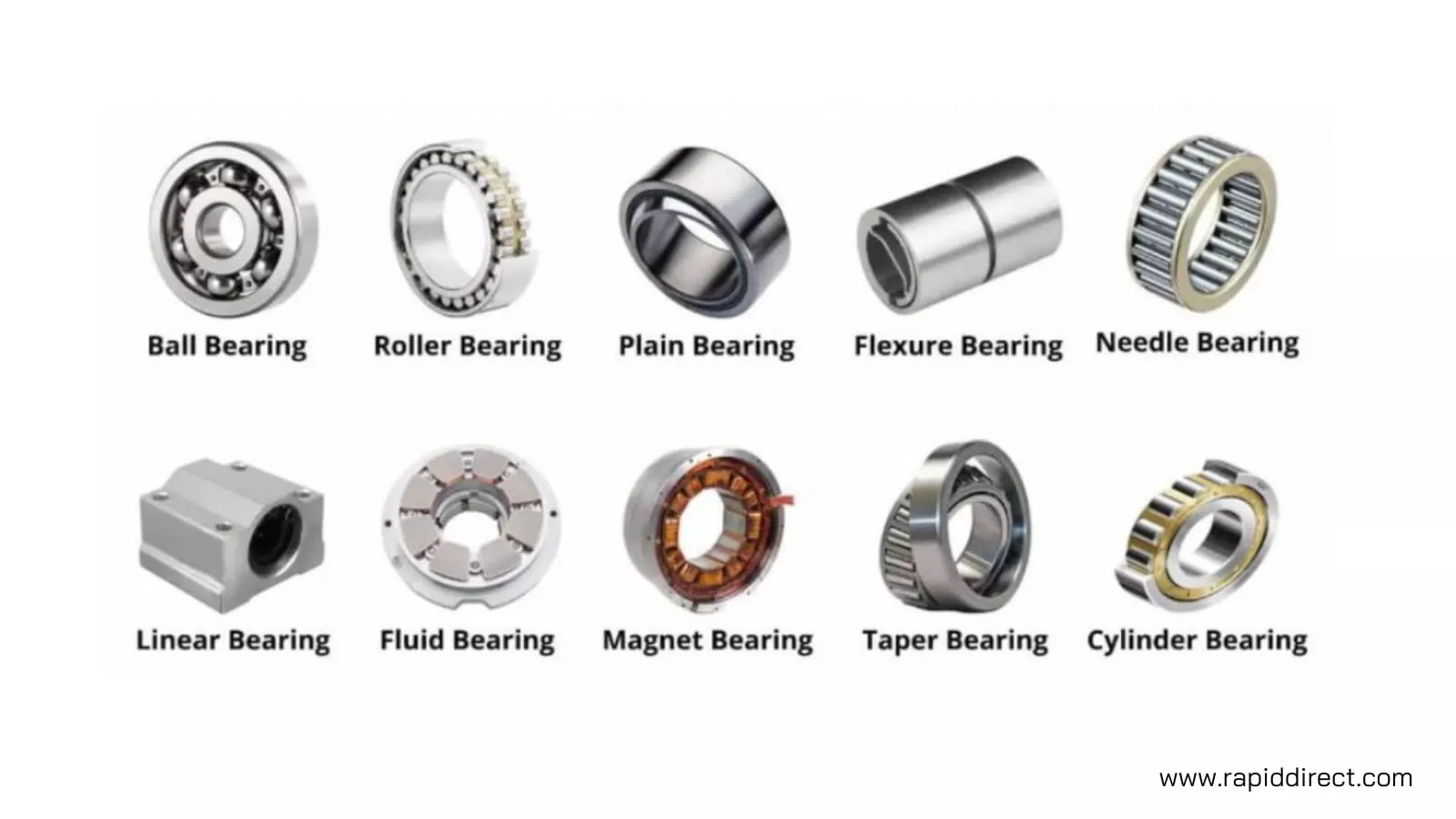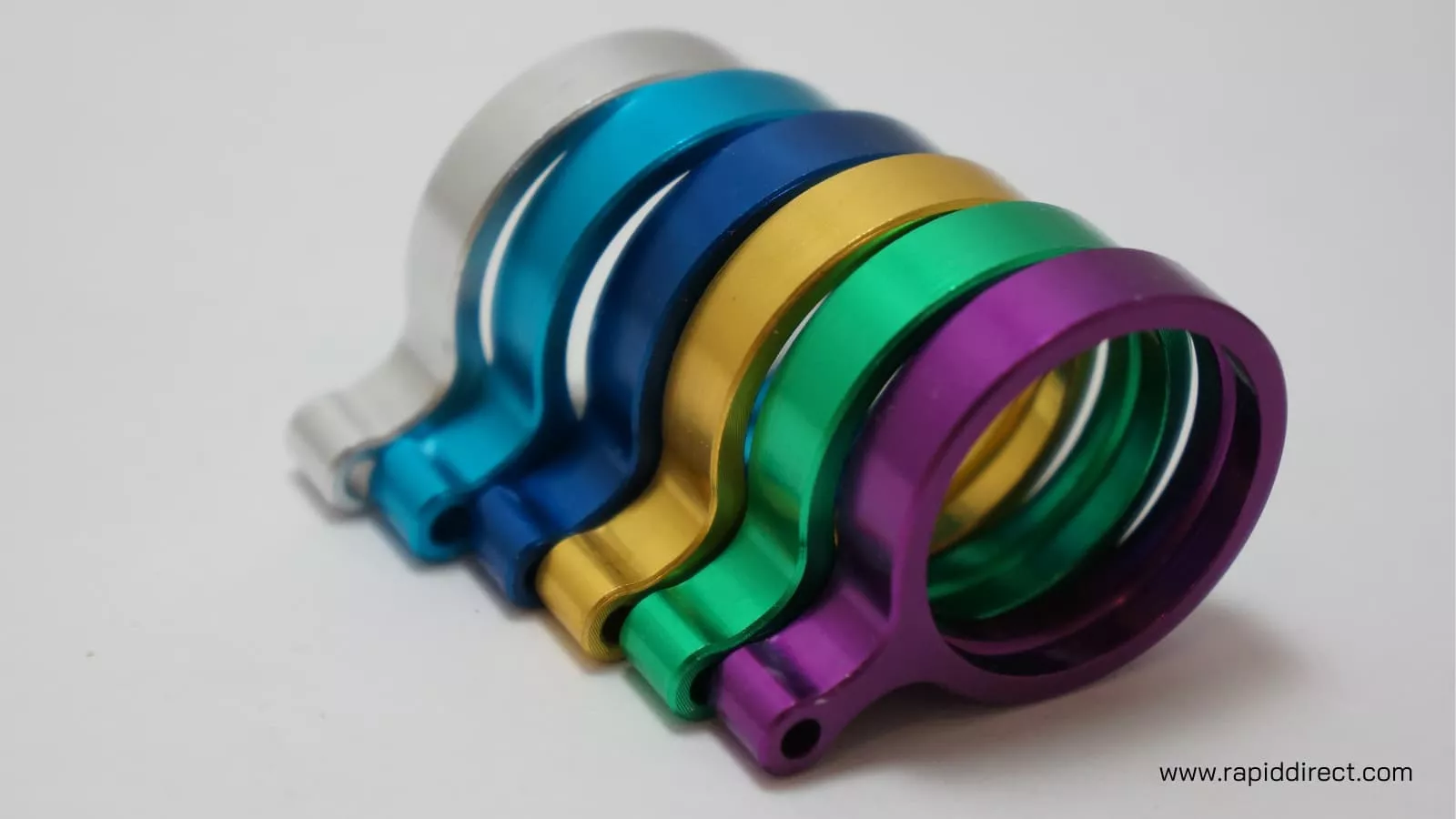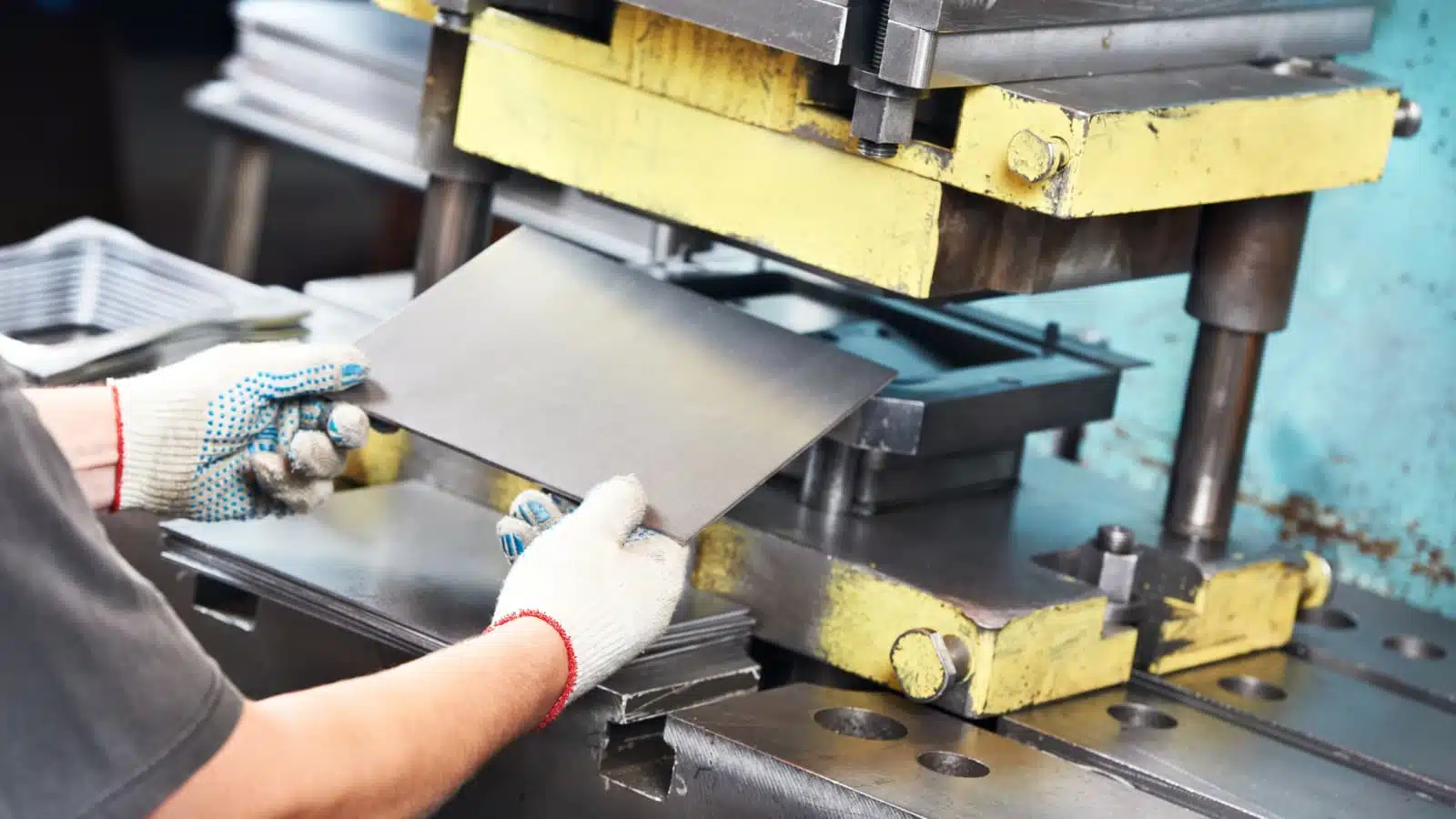Are you new to the manufacturing industry and unsure about which to choose between CNC Lathe vs CNC Turning Center? CNC machining contributes a lot to the manufacturing industry by producing products with higher precision, more efficiency, and accuracy.
However, it is necessary to understand the difference between a CNC lathe and a CNC turning machine as failure to do so will lead to extra, unnecessary costs, longer lead times, and a general difficulty in operation.
So, let us explore their abilities, differences, and advantages together to understand which is better for your CNC projects.
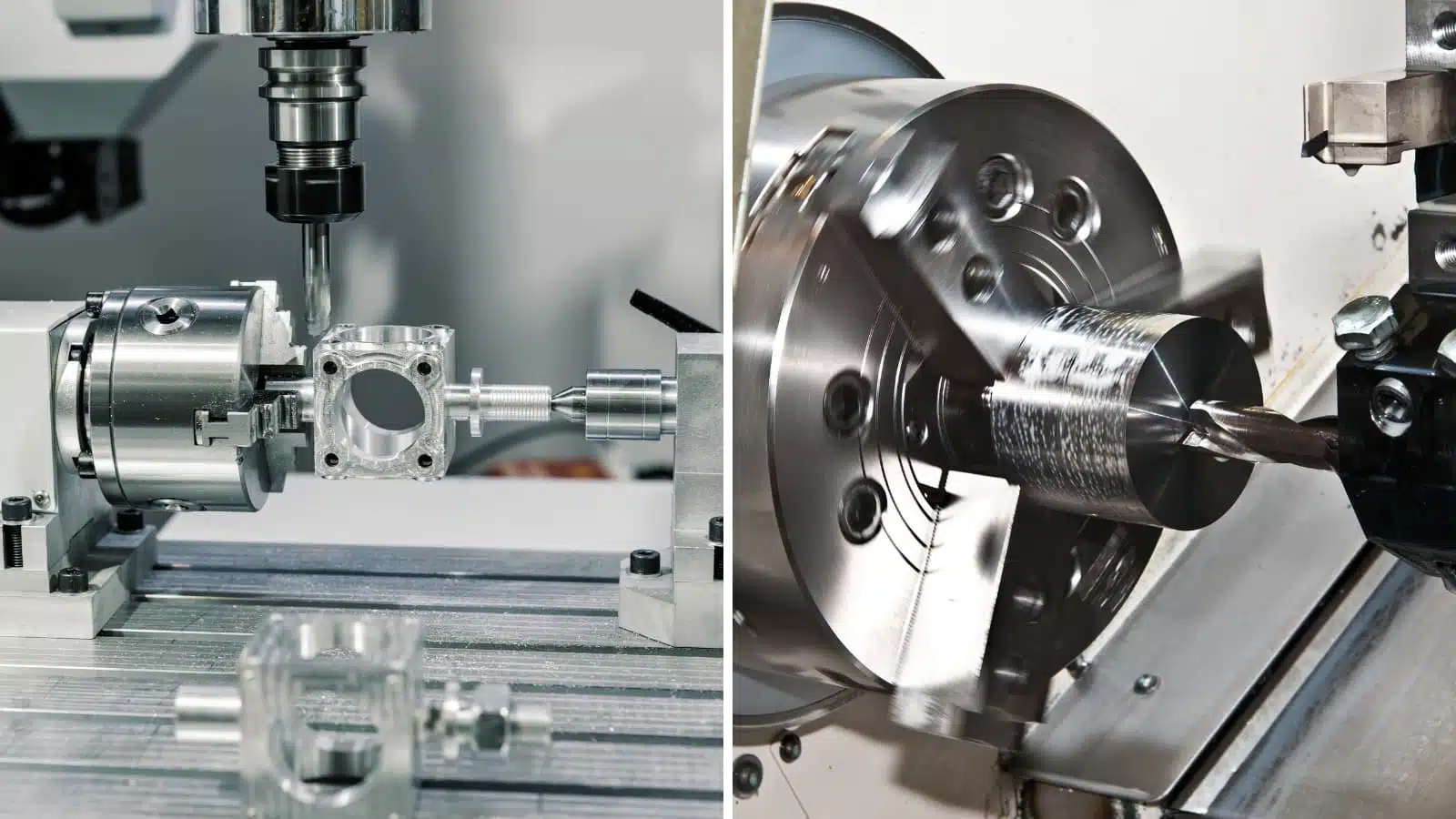
What’s a CNC Lathe?
Lathes are machine tools that rotate a workpiece to perform various operations and shape it into a desired, cylindrical shape. They were first used in Ancient Egypt, around 1300 BC, and then the French started using them around 1550 CE to produce wooden works. During the Industrial Revolution, we created the modern lathe which we still use today in many manufacturing industries. Historically, traditional lathes always consisted of a 2-axis and a flatbed, a feature we can still find in modern CNC lathe beds.
The more modern, Computer Numerical Control (CNC) lathes operate with the help of computers. It works like a normal lathe, except computer programming overlooks the cutting process. This results in a high-precision finished work, that is more accurate and efficient than a manual lathe.
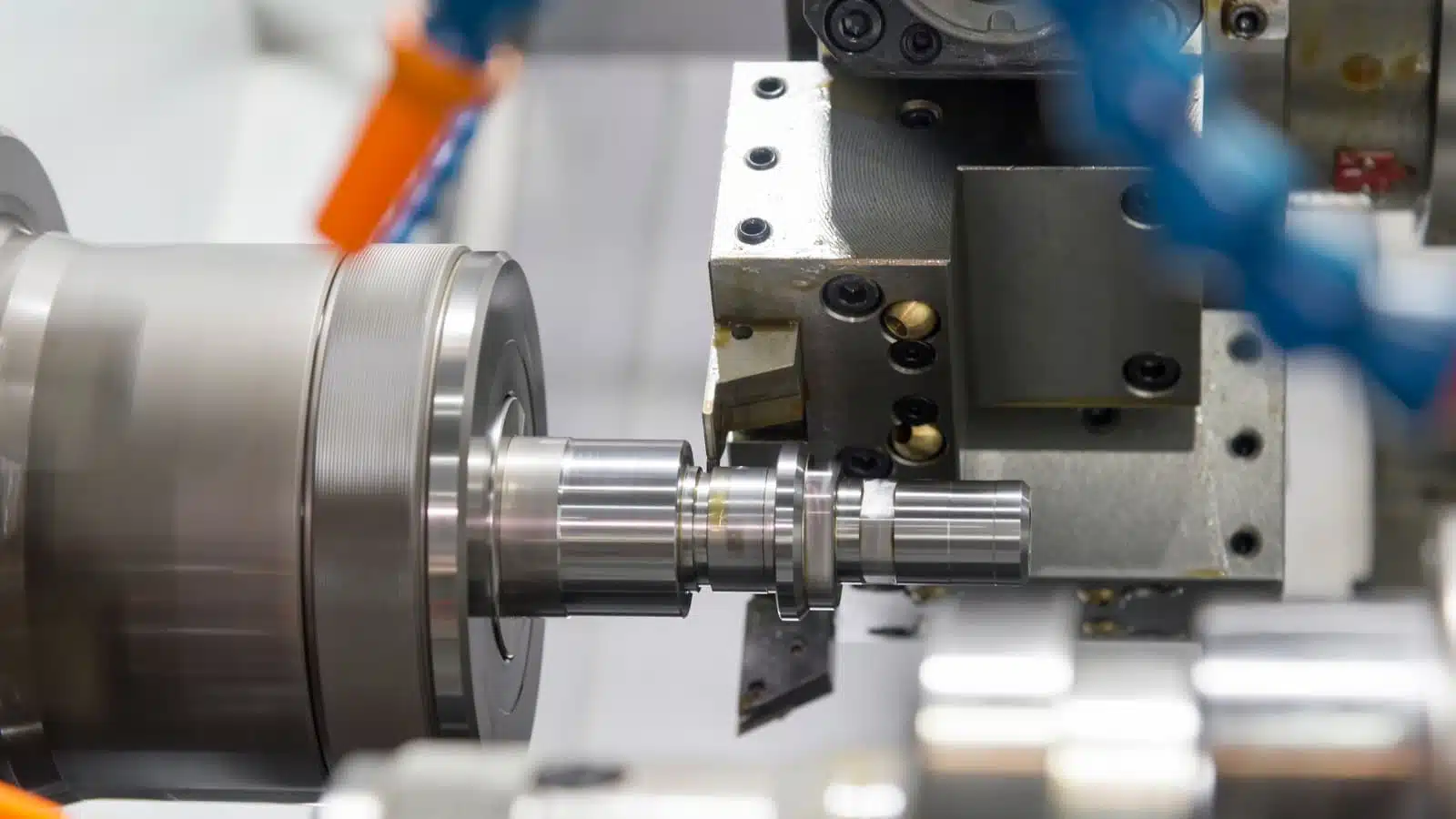
Key Components of CNC Lathe Machines
A CNC lathe machine consists of many parts, but here are the main ones that help us to create cylindrical shapes:
Chuck: It is attached to the headstock and holds the material, which will be turned into the final product. Three jaw chucks are used for holding, and any hexagonal and cylindrical shapes can be fitted into it.
Spindle: It is responsible for rotating the cutting tool. The spindle also includes both the spindle assembly and the spindle drive system. The C-axis drive will also be included here.
Turret: Also known as a tool turret, it is used to store various tools, including external devices such as grooving and threading.
Tailstock: It is adjustable according to length, supports the raw material axially, and is used for lengthy workpieces.
Types of CNC Lathes
Flatbed lathes
Flatbeds are used in the manufacturing process, especially in heavy-duty (requires a lot of strength and power) turning. Due to higher stability, the beds are more stable, which leads to more precision and accuracy. This makes it a good candidate for creating complex geometrical workpieces and working with bigger workpieces. But they are more limiting when it comes to tool-changing so, for example, changing from boring to knurling tools will take time.
Slant Bed Lathes
Slant beds are perfect for medium-sized workpieces, making them suitable for aerospace and optics. Their multi-station turrets allow for multiple tools to be used at the same time. Furthermore, they are faster, which leads to faster production cycles. They are also compatible with automation, which reduces the need for manual labor.
Vertical Lathes
Vertical lathes are good for heavy-duty since they make it easy to place workpieces. The vertical lathe allows for gravity to hold the pieces in place and reduces the need for clamps, making it more efficient for big workpieces between 1-20 meters. Just like slant bed lathes, vertical lathes also allow multi-tooling, which increases efficiency.
Advantages of CNC Lathe
Accuracy
Computer Numerical Control used in the production line increases accuracy further than traditional methods since the use of computers makes them more precise, which reduces the production of faulty goods.
Productivity
CNC lathes can work for extended periods without needing any halt in the process. Furthermore, they can also work on multiple parts together, which results in more production in less time.
Decreased labor costs
A CNC lathe will only need one operator, compared to a traditional setting, due to the number of manual parts. CNC operators also require less training than their traditional counterparts, which also further reduces costs.
Safety For Workers
Workers will no longer have to work with dangerous and sharp machine tools since machines operate CNC lathes now, which reduces the risk of injuries in the workplace. Workers will also not have to be closed when the production is taking place, which will almost wholly reduce accidents.
What’s a CNC Turning Center?
There is no formal distinction between a CNC turning center and a lathe, but one clear distinction between them is their axis. CNC turning centers can have 3-axis, 4-axis, and 5-axis, making them more modern.
Unlike lathes, CNC turning centers are all slant beds where the way system and the bed are not on the front but on the back.
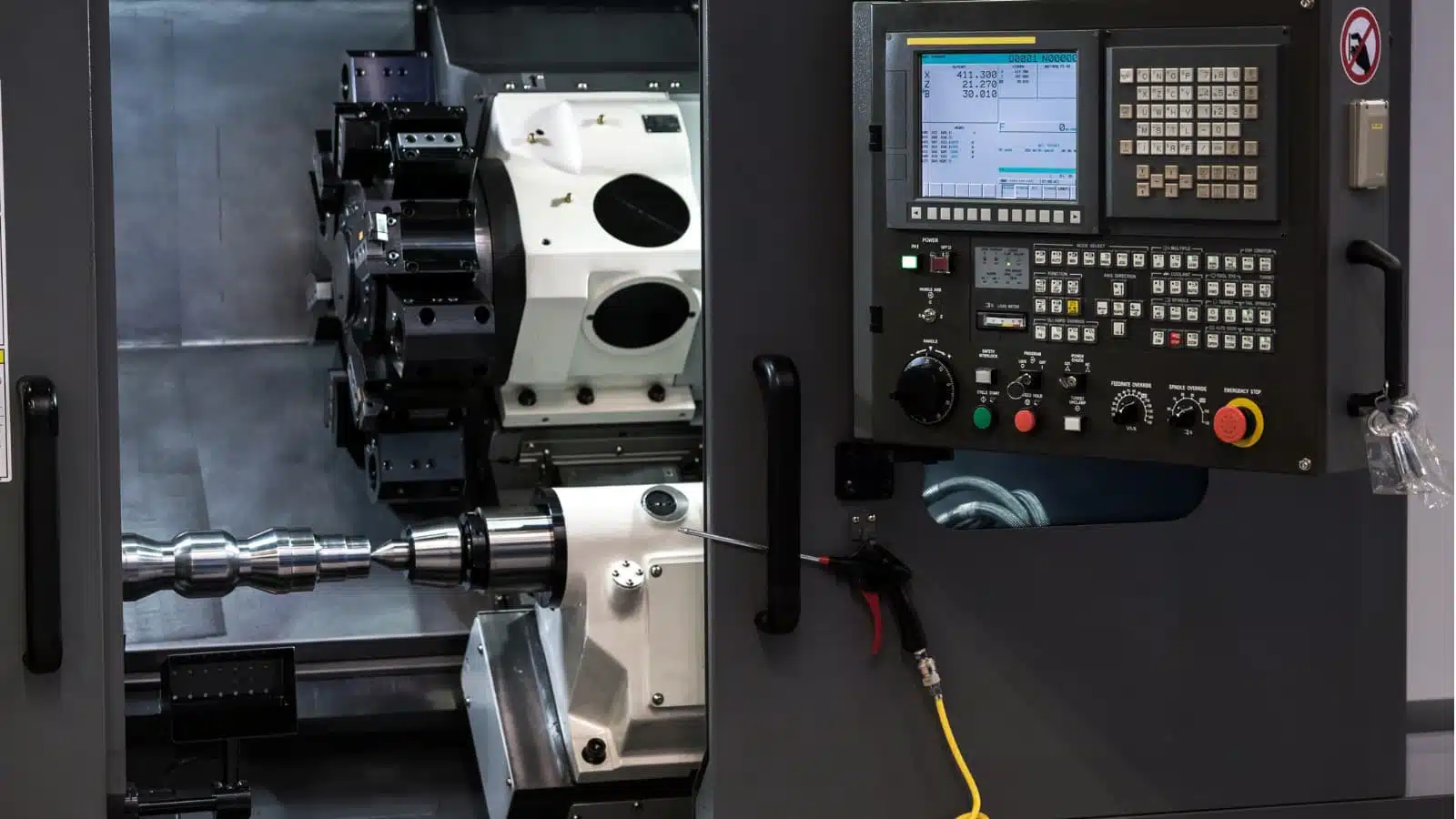
Advanced Features Distinguishing Them From Basic CNC Lathes
CNC turning centers also allow for multiple-axis, sub-spindle, and Y-axis (ability to move up and down) capabilities, thus making them multitasking machines, which CNC lathes do not have. These make turners’ cutting ability more versatile, making them capable of performing in ways a CNC lathe cannot.
An incredible thing to mention would be a CNC turner’s ability to move in seven directions.
Along with the Y-axis, which we explained, it can also move in the A-axis, which is the rotation of the X-axis, the B-axis, which is rotation about the Y-axis, and the C-axis, which is rotation about the Z-axis. The Z-axis is at a 90-degree angle from the cutting tool, and the X-axis stays parallel to the cutting tool.
Types of CNC Turning Centers
Horizontal
This is the most popular choice since they are easier to set up, cost less than vertical turning centers, come with less hassle when operating, and are easier to computerize. They are best suited for small parts and are very flexible due to having a longer bed about the spindle. A horizontal CNC turning center also comes with a tailstock (which helps to safely process and support the workpiece)- one thing that is very uncommon in vertical CNC turning centers.
Vertical
Vertical CNC turners have a fixed spindle and chuck, where the workpiece is held onto the chuck with jaws. It uses the natural force of gravity to hold the workpiece in place, cutting down the need for more clamps. The benefit of a vertical CNC turner is that it is less complex to use than a horizontal one and is fitted well for complex design-making.
Advantages of CNC Turning Centers
Versatility
The multi-axis allows for higher precision and turning options, making the CNC turning centers a great option.
Increased Speed
With a CNC turning center, it is possible to outline intricate designs on heavy-duty with shorter production time and higher accuracy.
Increased Efficiency
Multi-axis CNC machines act as an advantage when it comes to increasing efficiency since they reduce the need for more machinery. There is no need for a lathe and a mill because the turning center can do all of these.
Comparative Analysis: CNC Lathe vs. CNC Turning Centers
Let’s highlight important features to understand the difference between CNC lathe and turning center.
| CNC Lathe | CNC Turning Center | |
| Machining Process | It is less complex and more manual than CNC Turning. | It primarily uses a computer and is more complex than the former. |
| Key Components | Chuck, spindle, turret, and tailstock | CNC control panels, foot pedals, feedback devices, etc. |
| Machine Types | Flatbed, slant bed, and vertical | Vertical and Horizontal |
| Precision and Complexity | It is more accurate than a manual lathe and can be quite complex. | It is more complicated than a CNC lathe due to more features and axes. |
| Production Volume | Small quantities compared to CNC turner center. | More quantities can be produced at a shorter time. |
| Versatility | Less versatile. | More versatile. |
| Costs | Lower set-up costs but higher operational costs. | Higher set-up costs but lower operational costs. |
Capability Comparison
Precision and Complexity
A CNC turning center is much better at precision and even more versatile due to its multi-axis. The existence of the axis also makes the entire machine more complex as it can carry out 5rt6several tasks at once in a more petite time frame.
Production Volume
A CNC lathe will produce lower products compared to a CNC turning center as it does not have as many axes or flexibility. On the other hand, its counterpart can make more finished products in a smaller amount of time as the axes can move in several directions.
Versatility
A CNC turning lathe is well equipped as it rotates the product to cut it, but CNC-turning centers are far more versatile due to the extra axes and twin spindles. Live tools can also easily be used with a CNC turning center, which enables the machine to use these tools and stop the spindle, which then helps to perform various activities like drilling, tapping, and milling. This means that a CNC turning machine gives a better advantage than a lathe.
Cost Analysis
Initial Investment
The start-up cost for a standard CNC is $50,000, which can go up to $160,00 if you also add a Y-axis and dual spindles.
Compared to that, CNC turning centers can go up to $500,000, depending on the number of axes and tools, but they are generally more expensive than a CNC lathe.
Operational Costs
The operation costs for CNC lathes are significantly lower due to fewer axes. One can expect the operational costs to be between $10 to $20. However, for CNC turning centers, the prices can go up from $25 to $30, but as production time is less for CNC turning centers, in the long run, it will save more operational costs.
Maintenance and Longevity
CNC turning centers and lathes require similar maintenance; therefore, a similar maintenance cost is incurred, e.g., needing oils and coolants.
Sustainability for Different Manufacturing Needs
Small-Scale vs. Large-scale Production
CNC lathes are best for small productions since they are easy to set up and consist of simple parts, but they require more time to produce. However, a CNC turning center is well-suited for large-scale production as it can multi-task and remove material by itself.
Simple Parts Vs. Complex Components
As CNC turning centers are far more advanced, they can cut more precisely and work with more complex components and intricate designs than a CNC lathe due to their flexibility.
Advantages of CNC Turning Centers Over Manual Lathe
A turning center usually has more features and can do more things than a regular CNC lathe. Accuracy is a crucial factor in any manufacturing process, and CNC turning centers offer much higher levels of precision compared to manual lathes. Computer control, advanced tools, and sophisticated software help produce consistent and accurate results.
They have vastly improved productivity compared to manual lathes. They can operate for longer periods without interruption, require less physical labor, and can work on multiple parts simultaneously.
Besides, CNC turning centers necessitate just one operator, as opposed to manual lathes that demand multiple skilled workers. This substantial reduction in labor costs, coupled with the minimal training required, renders it a highly cost-effective choice for businesses.
Manual lathe work can be highly dangerous, as it involves working with sharp and often heavy tools close to the machine. CNC turning centers minimize these risks by using automated processes, which reduces accidents and injuries in the workplace.
Materials Options for CNC Lathe and CNC Turning Center
Materials options for both CNC lathes and turning centers include
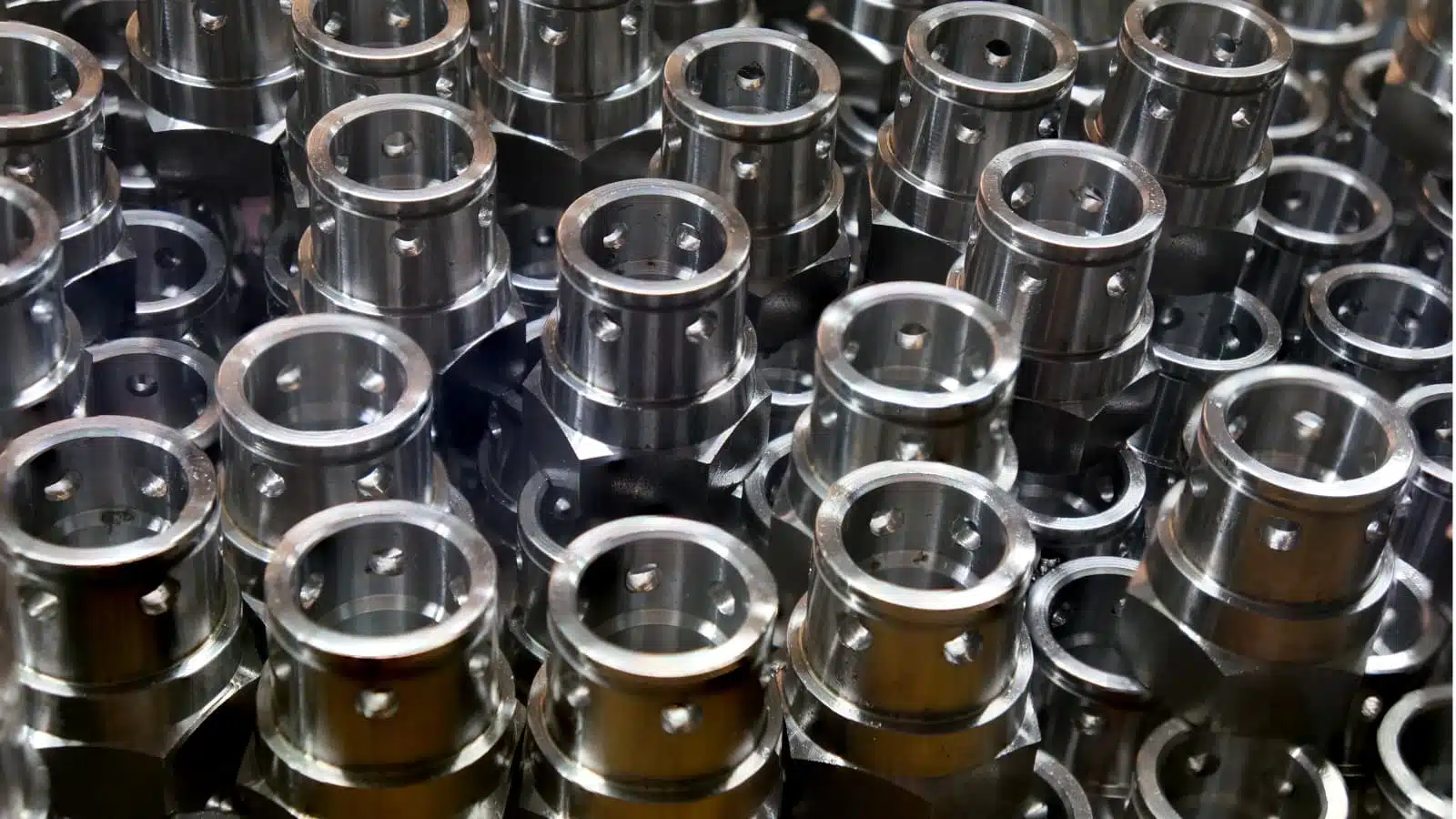
Metal: Metal materials such as aluminum, copper, brass, stainless steel, and titanium.
Plastic: Thermoplastics and thermosets like polycarbonate, acrylics, and ABS.
Wood: Softwoods and hardwoods.
Wax: Shape wax materials, which are commonly used for casting.
Industrial Applications of CNC Lathe and Turning Center
CNC lathe parts and CNC turning parts play a pivotal role in shaping our daily lives by contributing to the manufacturing of diverse products and components. Here are some real-life examples below:
- Automotive industry: Automotive parts such as gears, shafts, and engine components.
- Aerospace industry: Complex components for aircraft and spacecraft.
- Medical industry: Precise and intricate medical devices and implants.
- Oil and gas industry: Drill bits, valves, and other components.
- Electronics industry: Small components such as computer parts, connectors, and switches.
- Woodworking industry: Shaping and cutting of wood materials for furniture production and other woodworking applications.
Choose the Suitable Machining Process for Your CNC Turning Project
Deciding between a CNC lathe and a turning center can be challenging. It boils down to the nature of your project and the investment you’re ready to make. At RapidDirect, we simplify this choice for you.
Why Choose RapidDirect for Your CNC Turning Projects?
- Versatility for Every Project: Whether your parts are straightforward or complex, produced in small or large volumes, our expertise caters to all needs.
- Swift and Simplified Ordering: Experience a rapid ordering process. Get instant quotes and benefit from our complimentary DFM (Design for Manufacturing) analysis when you upload your design files.
- Expert Recommendations: Our skilled engineers will review your designs and suggest the most efficient machining process. This personalized approach ensures you save time and reduce costs.
- More Than Just Turning: Need CNC milling services? We’ve got you covered. Our range of services extends to meet various machining requirements.
Take the Next Step in CNC Machining
Don’t let complexity slow you down. Choose RapidDirect for a seamless, efficient, and cost-effective CNC machining experience. Upload your design files today and unlock the potential of precision engineering!
